To get to Ban Thai, visitors can take the wheel themselves, letting themselves go on windy roads, both familiar and new like the first time they set foot there. The space here seems to be taking a step back. Early in the morning, kitchen smoke swirls in the thin mist, blending into the clear air. The voices of children calling each other, the sound of rice whispering in the wind... All interweave into a gentle harmony, bringing us into the slow and peaceful pace of life of the Northwest mountains and forests.
Thai Village is located in a particularly convenient location, right in the center of Mu Cang Chai Commune. The village's back leans firmly against the sacred mountain range. Unlike remote villages hidden deep in the jungle, the journey to Thai Village is gentler and easier to access.
What makes Thai village attractive is not only the natural scenery, but also the name that bears the cultural mark and the community of residents living here.
Although the population is mainly Mong, accounting for about 90% of the population, this place is called Thai village because it is the living area of Thai Muong Lo people.
This is not a coincidence, but a vestige of migration history, associated with a group of Thai people who have long settled in this land. They brought with them traditional stilt houses, distinct customs and practices, and preserved intact the Thai way of life in a multi-ethnic space.
The presence of the Thai community among the Mong people does not create distance, nor does it dissolve. On the contrary, it is a unique highlight, adding color to the diverse cultural picture of the Mu Cang Chai highlands.
Thai girl in traditional costume.
In the Thai village, it is easy to see women wearing black dresses embroidered with silver thread, their soft hands quickly turning silk threads into brilliant brocade. The fire here is always red every morning and evening, not only to keep warm or cook rice, but also to connect generations, where all stories begin.
Each season, Thai village takes on a new look. In May and June, the first rains of the season pour down the mountainside, the cool water flows down the small streams to the terraced fields, turning the whole field into a shimmering mirror of the sky. People start the new crop, diligently leaving their footprints in the wet soil as if imprinted in the village's memories.
By the fire of the people in Ban Thai.
In autumn, around September and October, the Thai village seems to light up in a golden coat. The terraced fields are ripe, layer upon layer like waves of rice crashing against the mountainside. The autumn wind blows gently, carrying the rustic aroma of rice. This is the season when the Thai and Mong people go to the fields together to harvest, the season of reunion, the season of plenty.
When winter comes, the village is immersed in the morning mist. The dirt roads are quietly covered in a hazy color. When spring comes, the whole Thai village seems to wake up. Plum blossoms bloom white at the beginning of the village, peach blossoms paint pink the stilt houses that have endured the cold wind season.
The beauty of Thai village is not only in the scenery, but also in the way people live with nature, in harmony with heaven and earth. The rice fields are not simply places for cultivation, but also the roots of survival, where fathers pass down farming techniques to their children through many generations. The terraced fields here are not only a symbol of livelihood, but also a "living museum" of the highlanders, where both the labor value and the soul of the mountain residents are preserved.
Since early 2010, the Thai people have started doing community tourism . They welcome guests in their own homes, with hot meals of sticky rice and smoked meat, with a warm bed in the middle of a windy stilt house and with everyday stories told by the flickering fire in the kitchen.
Ms. Vi Thi Phuong confided: I borrowed 100 million VND from the Social Policy Bank when I first opened the homestay. At first, I was worried, wondering if the city people would like it, but then I realized, what they needed was sincerity. I cooked traditional dishes, told them about the village, about weaving, about the rice seasons. Simplicity and sincerity are the characteristics that make up the identity of Thai village tourism.
Along with the initiative from the community, practical support policies from the province and locality have added motivation for the Thai village to change. Over the years, the Social Policy Bank has implemented preferential credit programs, helping people to boldly invest in community tourism. Not only is capital easy to access, people are also guided on how to use capital effectively, linking livelihood investment with preserving traditional culture.
Mr. Lo Van Quy, a service business household in Thai village shared: “With access to preferential capital, people have the conditions to buy more household items, serving the needs of tourists, both earning more income and preserving the old village and its customs”. For Mr. Quy, “preserving the old village” is not only about preserving the house, but also preserving the cultural ecosystem.
Stilt houses in Ban Thai.
Each homestay in a Thai village is not simply an accommodation facility, but also a “cultural stop” on the journey of modernization. Not only does it bring in a new source of income, the community tourism model also contributes to keeping the younger generation attached to and building their homeland. Instead of leaving their hometown to work for hire, many young people have now become tour guides, interpreters, chefs, and communicators right in their homeland.
In a place once known only for the ripe rice season, the Thai village is now becoming a four-season destination, both preserving its identity and integrating, but not dissolving. This land is being oriented to develop into a year-round tourist destination - each season has a space, each season has an experience. Spring comes with village festivals, the sound of flutes and gongs echoing. Summer comes, visitors can go down to the fields to plant rice, feeling the smell of new land. In autumn, the golden rice is ripe, in winter, the mist covers the village, appearing vaguely like gentle, deep ink brush strokes.
Stilt house for tourism development in Thai village.
Located in the center, and blessed by nature with both scenery and culture, Thai village has become an indispensable stop on the journey to explore the Northwest. Once you set foot here, you will realize that here converges enough beauty to make people's hearts flutter: From terraced fields reflecting the clouds and sky, clear streams murmuring on the mountainside, to the peaceful stilt houses emitting blue smoke in the afternoon. Above all is the heart of the local people - rustic, warm, always opening their arms to welcome strangers like returning relatives.
“Touching the Thai Village” is not only the title of the article, but also a reminder of an experience that reason cannot define, only the heart can understand. Because once you set foot in this place, it is difficult to turn away without carrying a fluttering in your heart.
In the Thai village, you are no longer a guest, but become a familiar person in the affectionate gaze, in the simple invitation to eat, in the stories told by the fire. There are no great works to show off here, only gentle memories that keep people staying. That is the stilt house with the fragrant smell of new wood, the village meal with the scent of afternoon smoke, the honest smile mixed with a bit of shyness. If one day I have to leave, I will still bring the fire in the Thai kitchen and feel like I have just touched the countryside that has belonged to me for a long time.
Source: https://baolaocai.vn/cham-vao-ban-thai-post648183.html



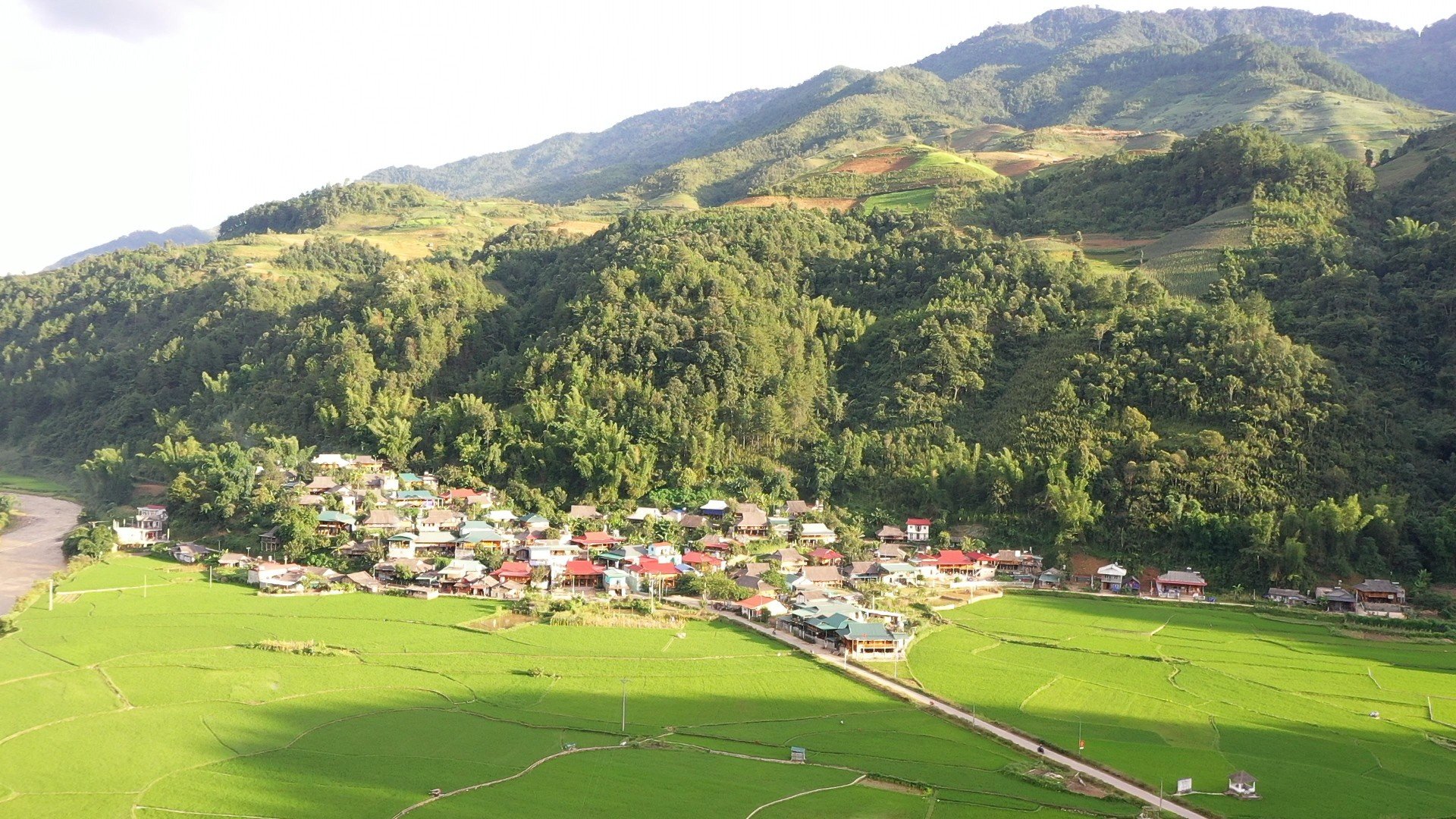
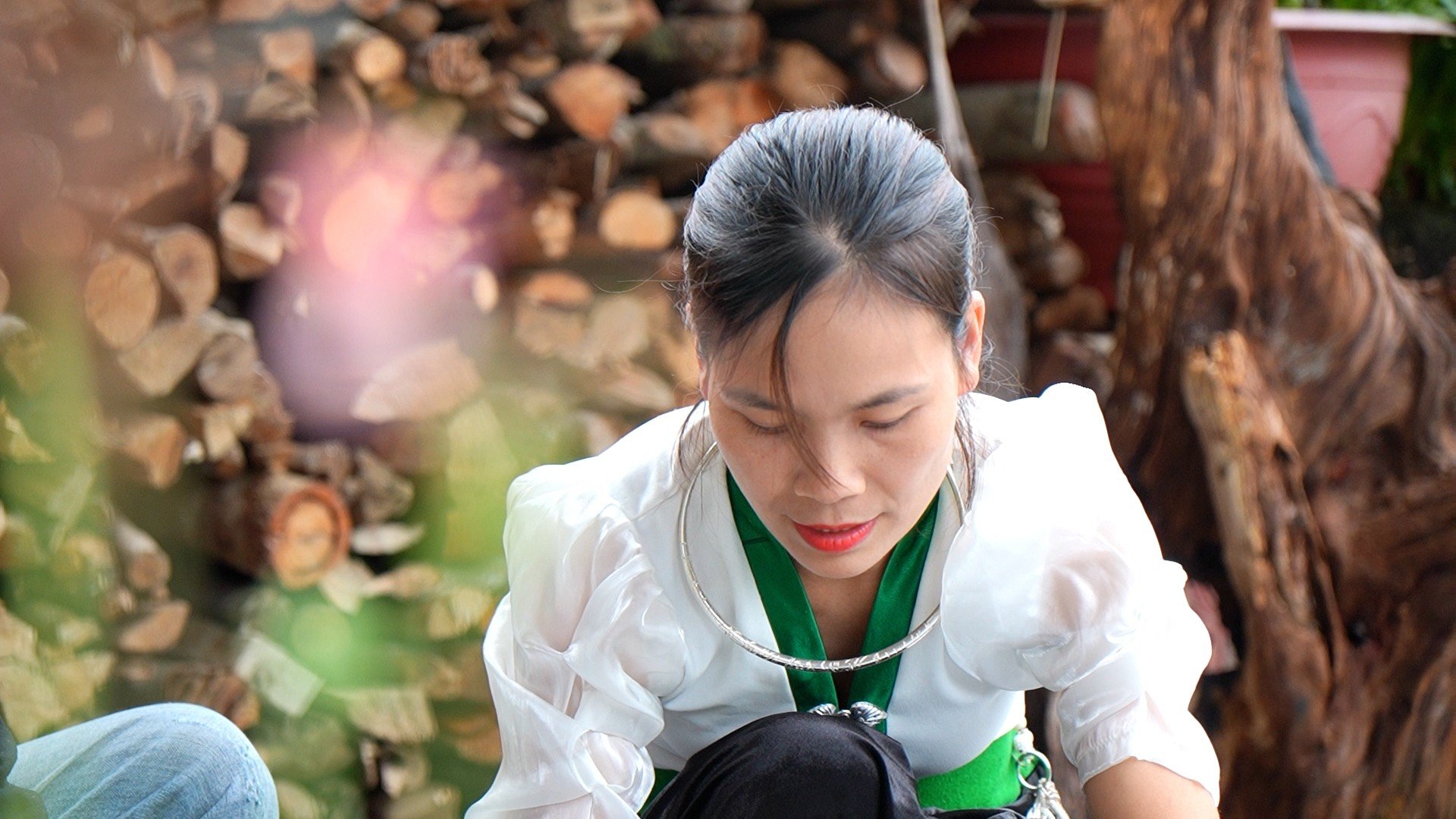
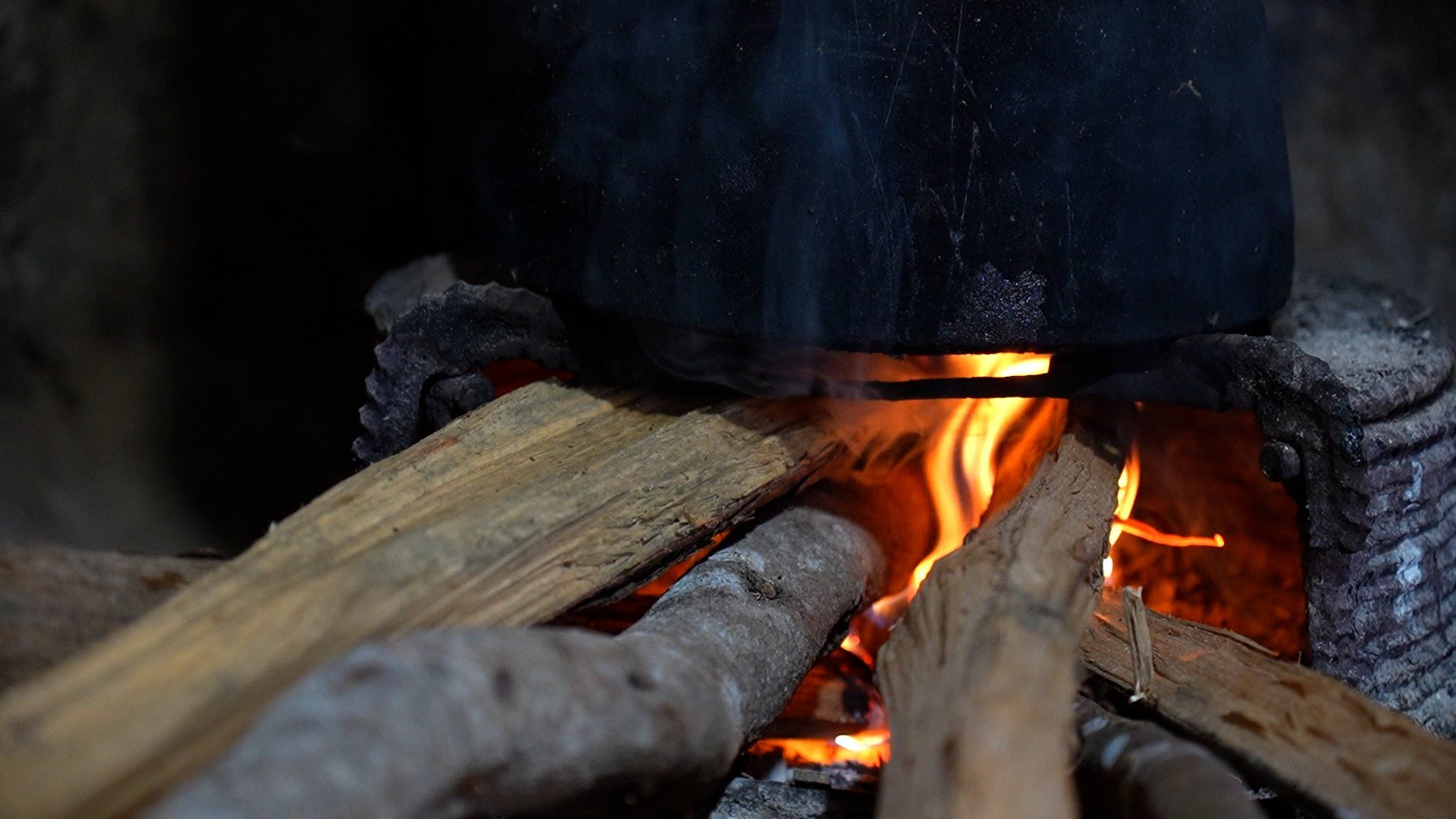
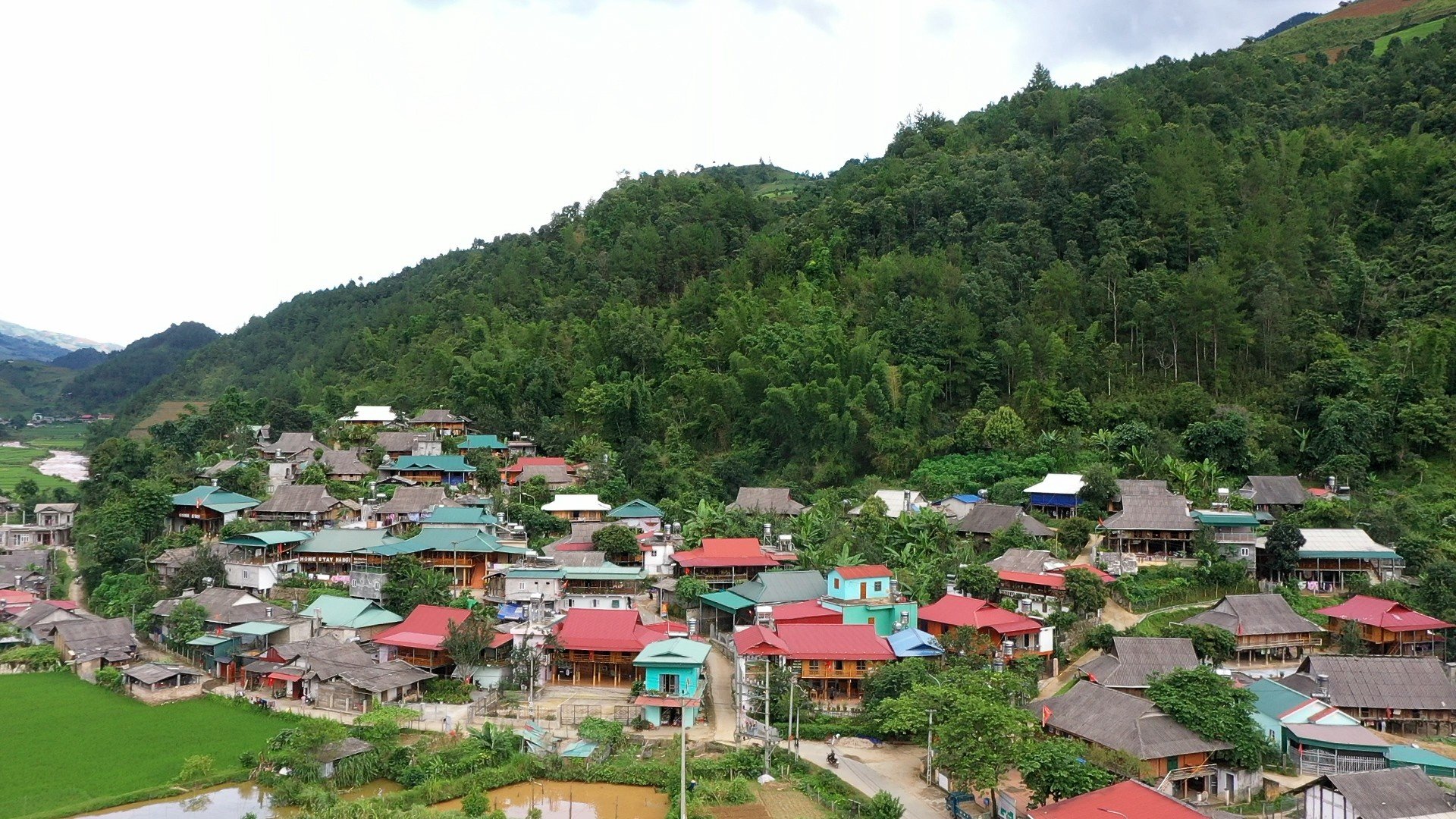
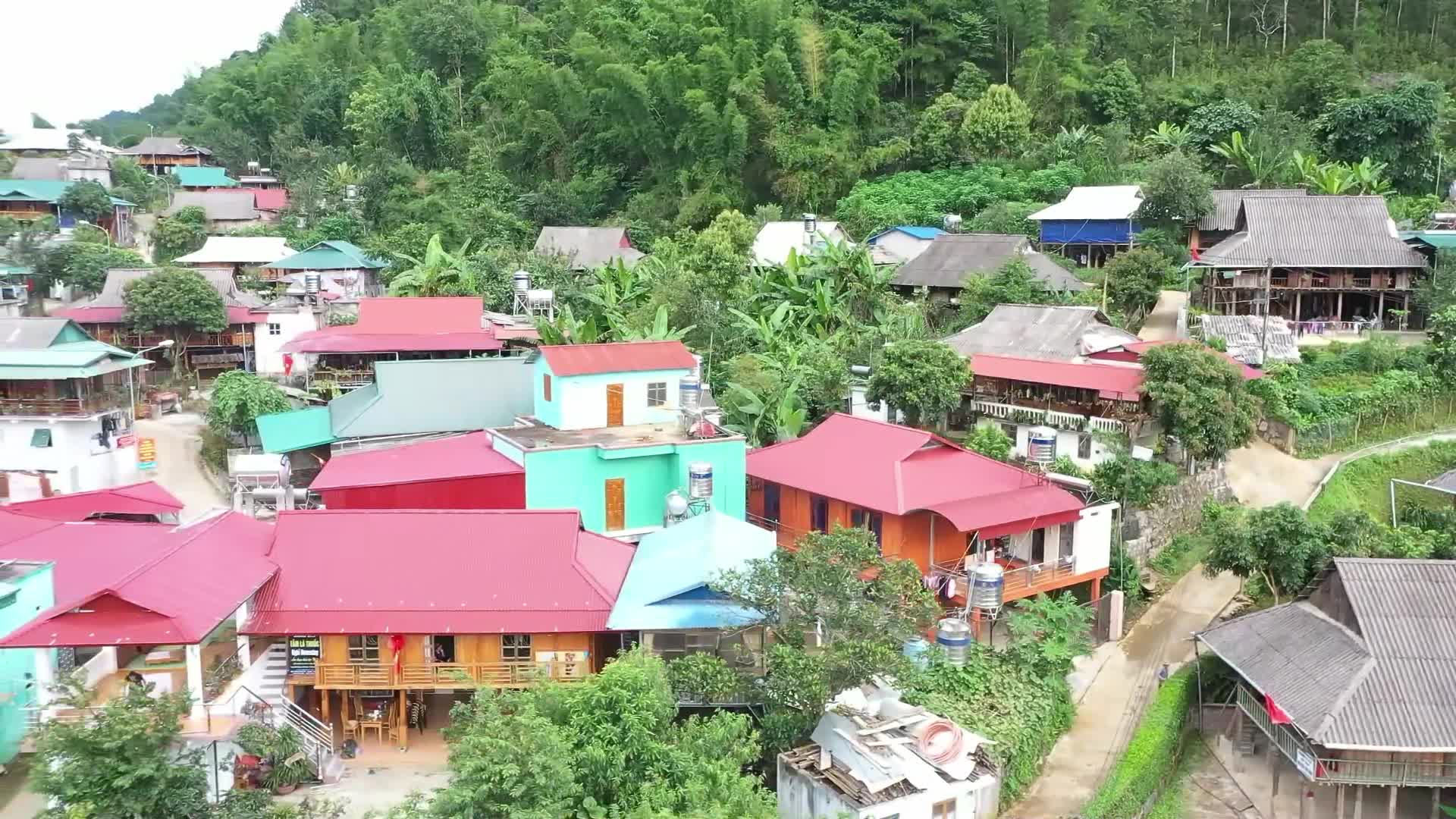
![[Photo] Hanoi: Authorities work hard to overcome the effects of heavy rain](https://vphoto.vietnam.vn/thumb/1200x675/vietnam/resource/IMAGE/2025/8/26/380f98ee36a34e62a9b7894b020112a8)
![[Photo] Multi-colored cultural space at the Exhibition "80 years of the journey of Independence - Freedom - Happiness"](https://vphoto.vietnam.vn/thumb/1200x675/vietnam/resource/IMAGE/2025/8/26/fe69de34803e4ac1bf88ce49813d95d8)






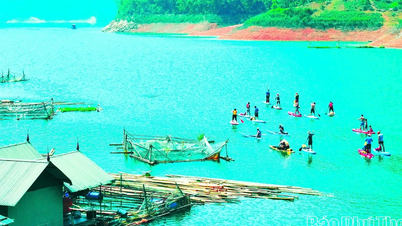

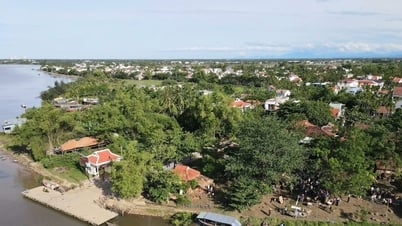

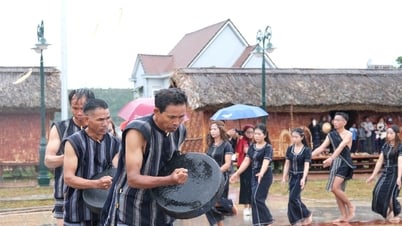










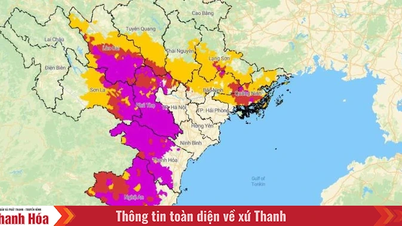
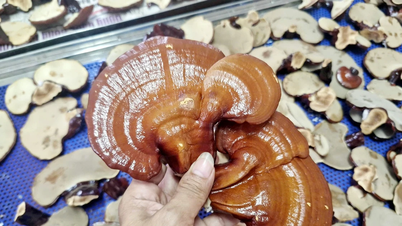




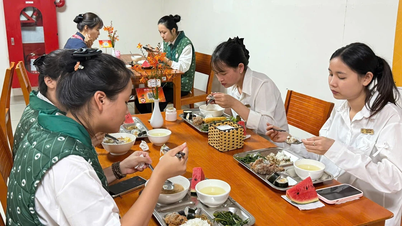
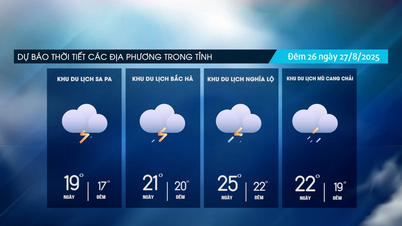
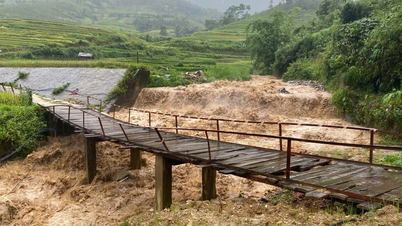
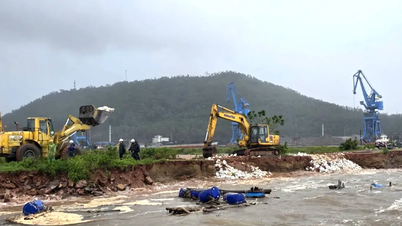



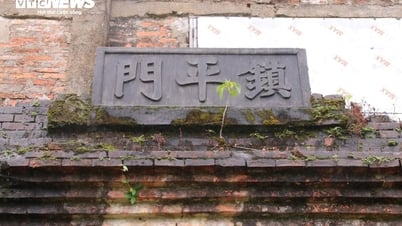

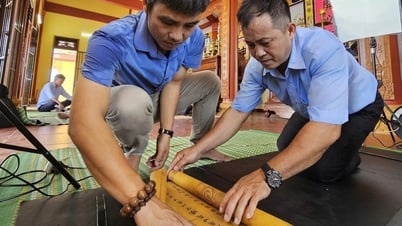

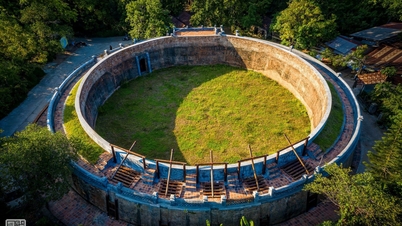

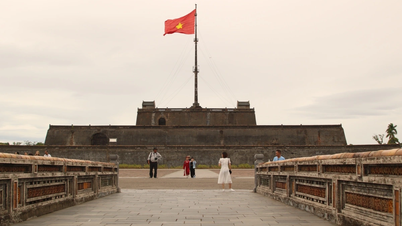

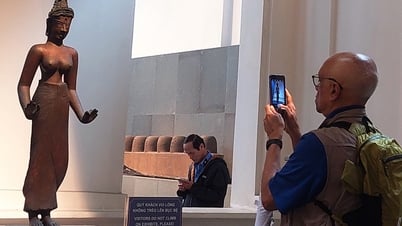

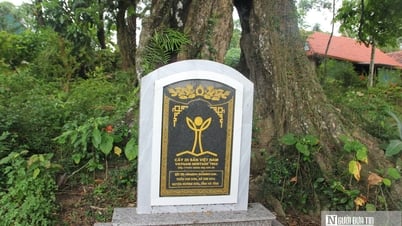






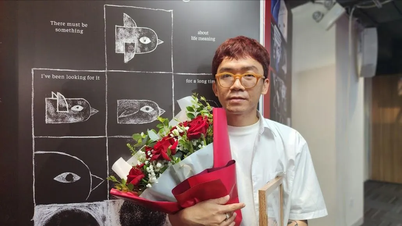





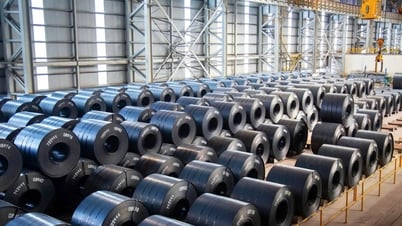








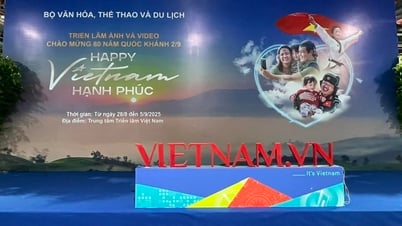
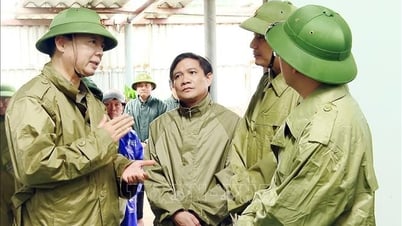






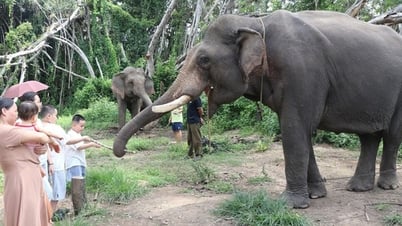
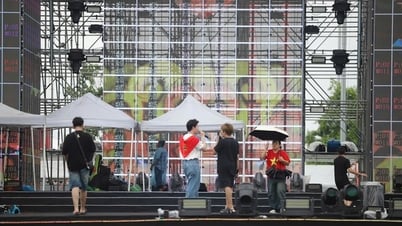
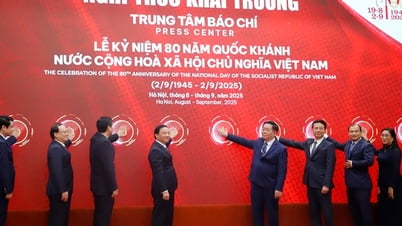
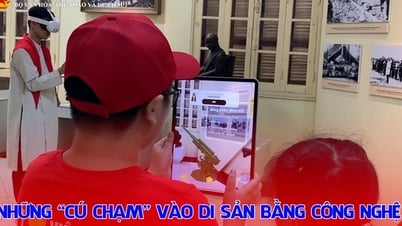
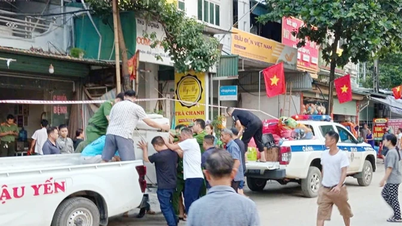
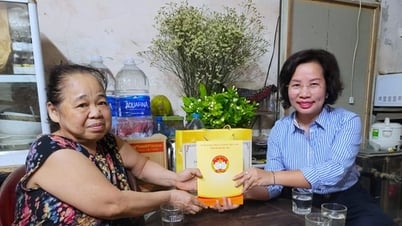

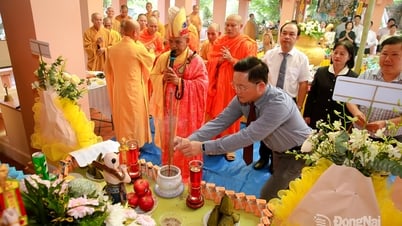

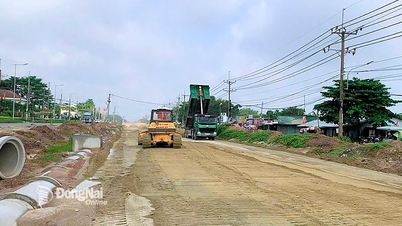
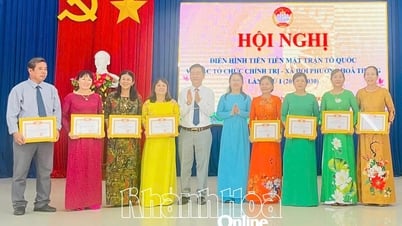

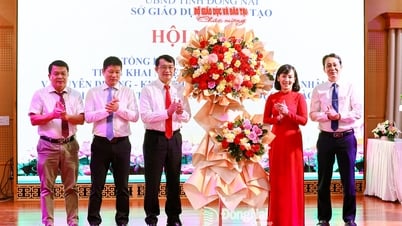






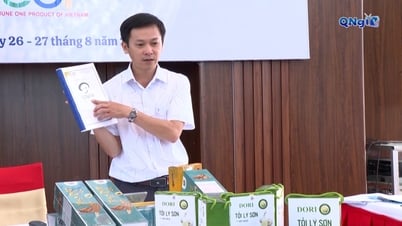



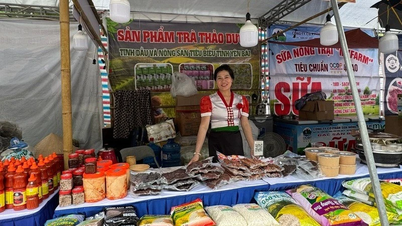






Comment (0)